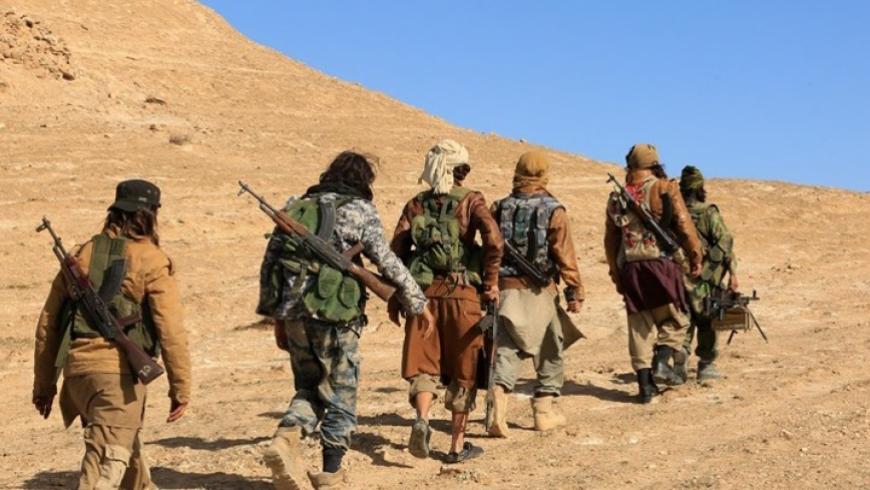On Wednesday evening. the U.S. Army Central Command (CENTCOM) announced the death of ISIS leader Abu al-Hassan al-Hashemi al-Qurashi in an operation carried out by the Free Syrian Army in mid-October in the southern Syrian governorate of Daraa.
CENTCOM spokesman Joe Buccino said that “the killing of Abu al-Hasan al-Hashemi al-Qurashi is another blow to ISIS,” but noted that the group remains a threat to the region.
Pentagon Concerned About Military Escalation in Northern Syria
A U.S. military spokesman denied that any U.S. military forces were involved in the operation.
In an audio message on Telegram, the spokesman for the Islamic State mourned its leader, Abu al-Hassan al-Hashemi al-Qurashi, on Wednesday evening, and announced the appointment of Abu al-Hussein al-Husseini al-Qurashi as his successor, who will be the fourth leader of the organization.
The spokesman urged followers of the group in all countries to pledge allegiance to the new leader. He added that he is “a veteran of the mujahideen and loyal sons of the state,” and the audio recording did not give details of the new leader.
Syrian writer and researcher Ahmed Abazid pointed out that what is meant by the US army’s announcement is the leader known as “Abdul Rahman al-Iraqi”, who was killed in the campaign of the fighters of the city of Jassim against ISIS in mid-October. He was known as the emir of the organization’s cells in southern Syria, but it has now turned out that he is the “caliph” of the organization and was using that title to camouflage.
The fighters of the city of Jassim launched a campaign on houses holed up inside cells of ISIS, on October 14. The clashes continued until the bombing of one of the houses, and the killing of those holed up inside, including the so-called “Abdul Rahman al-Iraqi” (the leader of the organization whose death was announced on Wednesday).
According to Abazeed, all security campaigns against ISIS in the towns and cities of Daraa were carried out by local groups that did not join the Syrian regime’s apparatus, following the settlement agreement that took place in 2018. There was partial participation by the Russian-backed Eighth Brigade, led by Ahmed al-Awda, a former leader in the opposition factions.
The regime tried to smuggle Qurashi
Two days before Qurashi’s death, Sama TV, which is close to the Syrian regime, announced that he had been killed in a security operation, which a local commander in the city of Jassim considered an attempt to camouflage him by the Syrian regime to smuggle him out of the city of Jassim.
Leaders from the city of Jassim revealed to the Ahrar Horan Gathering that the organization’s leadership is linked to officers from the regime’s security services in the city of Daraa, after capturing a number of them.
After the end of the security campaign against ISIS on October 22nd, Jassim’s fighters published a video clip of the confessions of the organization’s leader, Rami al-Salkhadi, revealing his meeting with the head of the Military Intelligence Service in Daraa, Louay al-Ali, and the latter’s request to assassinate opposition figures in the northern city of Jassim.
ISIS did not target throughout its presence in the vicinity of the city of Jassim and the western countryside of Daraa regime forces, and its operations were limited to targeting former leaders of the Free Army and civilians. This confirms information about the existence of coordination between the leaders of the first line in the organization and the Syrian regime, according to activists from the region.
This article was translated and edited by The Syrian Observer. The Syrian Observer has not verified the content of this story. Responsibility for the information and views set out in this article lies entirely with the author.


